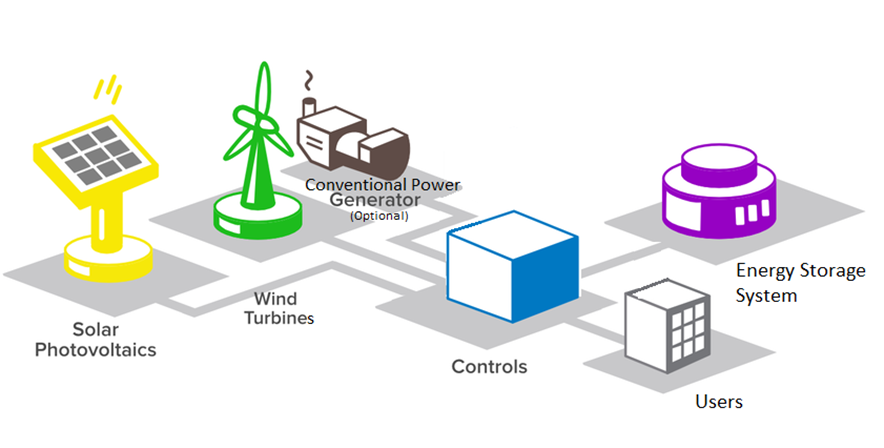The Role of Microgrids in Shaping Sustainable Energy Landscapes
Microgrids, small-scale localized power systems, have emerged as a transformative solution in the pursuit of resilient and sustainable energy infrastructure. This article delves into the functionalities, benefits, and diverse applications of microgrids, highlighting their significance in the evolving energy landscape.
Understanding Microgrids:
1. Definition and Components:
Microgrids are independent energy systems comprising distributed energy resources (DERs), such as solar panels, batteries, and generators, capable of operating independently or in connection with the main grid.
2. Grid Resilience and Self-Sufficiency:
Microgrids offer resilience against outages, enable energy self-sufficiency, and provide reliable power to critical infrastructure, communities, and remote areas.
Functionalities and Benefits:
1. Enhanced Reliability and Resilience:
Microgrids ensure reliable power supply during grid failures or emergencies, minimizing disruptions and supporting critical services like hospitals and data centers.
2. Integration of Renewable Energy:
Microgrids facilitate the integration of renewable energy sources, enabling the efficient utilization of solar, wind, and other clean energy technologies.
Applications and Use Cases:
1. Remote and Island Communities:
Microgrids provide energy independence to remote communities and islands, reducing reliance on costly and environmentally harmful diesel generators.
2. Commercial and Industrial Facilities:
Industrial microgrids offer reliable power, cost savings, and grid support services to large facilities, enhancing energy security and stability.
Future Trends and Innovations:
1. Advanced Control and Optimization:
Innovations in control systems and AI-driven optimization improve microgrid management, maximizing energy efficiency and load balancing.
2. Community-Based Energy Systems:
Community microgrids empower local resilience, fostering community engagement and decentralized energy decision-making for sustainable development.
Environmental Impact and Sustainability:
1. Reduced Carbon Footprint:
Microgrids contribute to carbon reduction by integrating renewable energy, mitigating reliance on fossil fuels, and supporting clean energy transitions.
2. Energy Access and Social Impact:
Microgrids enhance energy access in underserved areas, positively impacting livelihoods, education, and healthcare, thereby fostering social and economic development.
Microgrids stand as a beacon of resilience and sustainability, offering localized, reliable, and clean energy solutions. As advancements continue and adoption expands, the role of microgrids will be instrumental in creating resilient communities, supporting renewable energy integration, and shaping a more sustainable energy future.
latest video
news via inbox
Nulla turp dis cursus. Integer liberos euismod pretium faucibua









